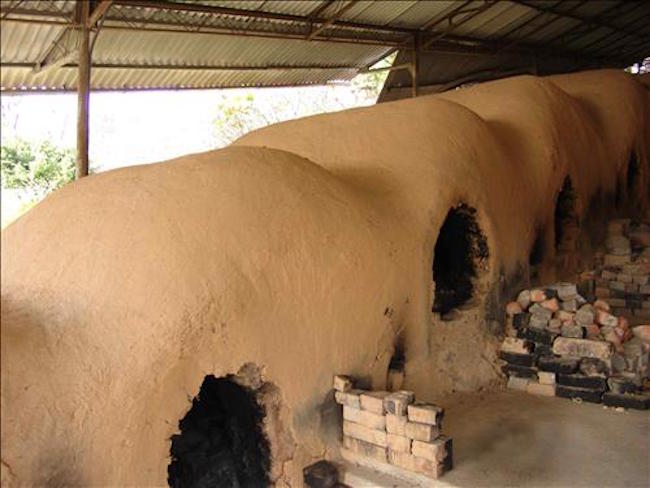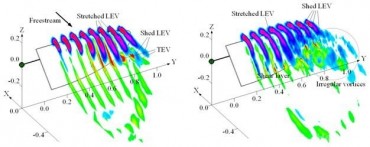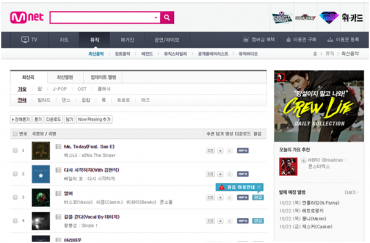SEOUL, Dec. 22 (Korea Bizwire) – Buildings that rely on pilotis, or pillars, for structural support have been identified as being highly susceptible to fire, according to experts.
The statements come a day after a deadly fire engulfed a nine-story sports complex building located in Jecheon, a city in North Chungcheong Province. As of December 22, there had been 29 casualties reported.
The Jecheon incident, along with a fire that ravaged an apartment building two years ago in the northern city of Uijeongbu, has served as a reminder of the susceptibility of pilotis buildings to fire.
Investigators have traced the starting point of the sports complex fire to its first floor parking lot, an airy, mostly empty space dotted with pilotis. The wide open spaces of the parking lot were an ideal environment for a spark to grow into a raging fire.
These characteristics are similar to those of traditional South Korean uphill furnaces, with a major distinction obviously being that the latter are specifically designed to build up fires. According to historical records, the earliest uphill furnaces date back to the Goryeo Dynasty. Built on uphill slopes, this rising row of furnaces was designed with inner openings so that fire burning in the lower furnace would spread upwards.
A university professor who previously served as a member of the Cultural Heritage Administration told Yonhap News on December 22, “Traditional South Korean uphill furnaces are divided into multiple units, with a fireplace at the very lowest furnace. The uphill furnaces are structured so that when the lowest fireplace is lit, the fire spreads upward.”
The professor said that the inspiration for the linked furnaces came from ancestral Koreans’ realization that it was too difficult to stoke high temperature fires out in the open air.
“When looking at the architectural layout of the Jecheon sports complex, the first floor is opened up while the upper floors are closed off to outside air. This means that once a fire breaks out, it will grow uncontrollably.” Saying this, the professor added, “Installing pilotis in the first floor of a building is akin to creating a large fireplace.”
Examples of well-preserved traditional uphill furnaces are located in Icheon. Made with mud and bricks, there are 12 connected furnaces in total.
One academic who wished to remain unnamed said tougher regulations were necessary, suggesting that a requirement to use fire-resistant materials in the construction of pilotis buildings be instituted.
Lina Jang (linajang@koreabizwire.com)









